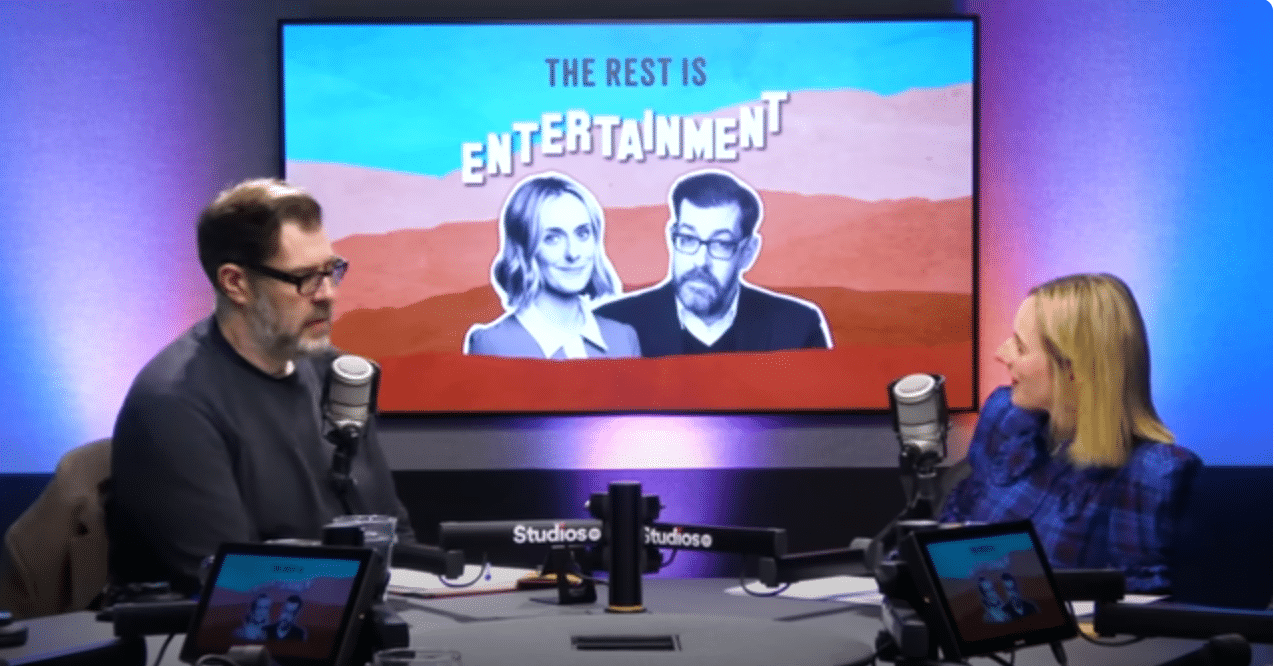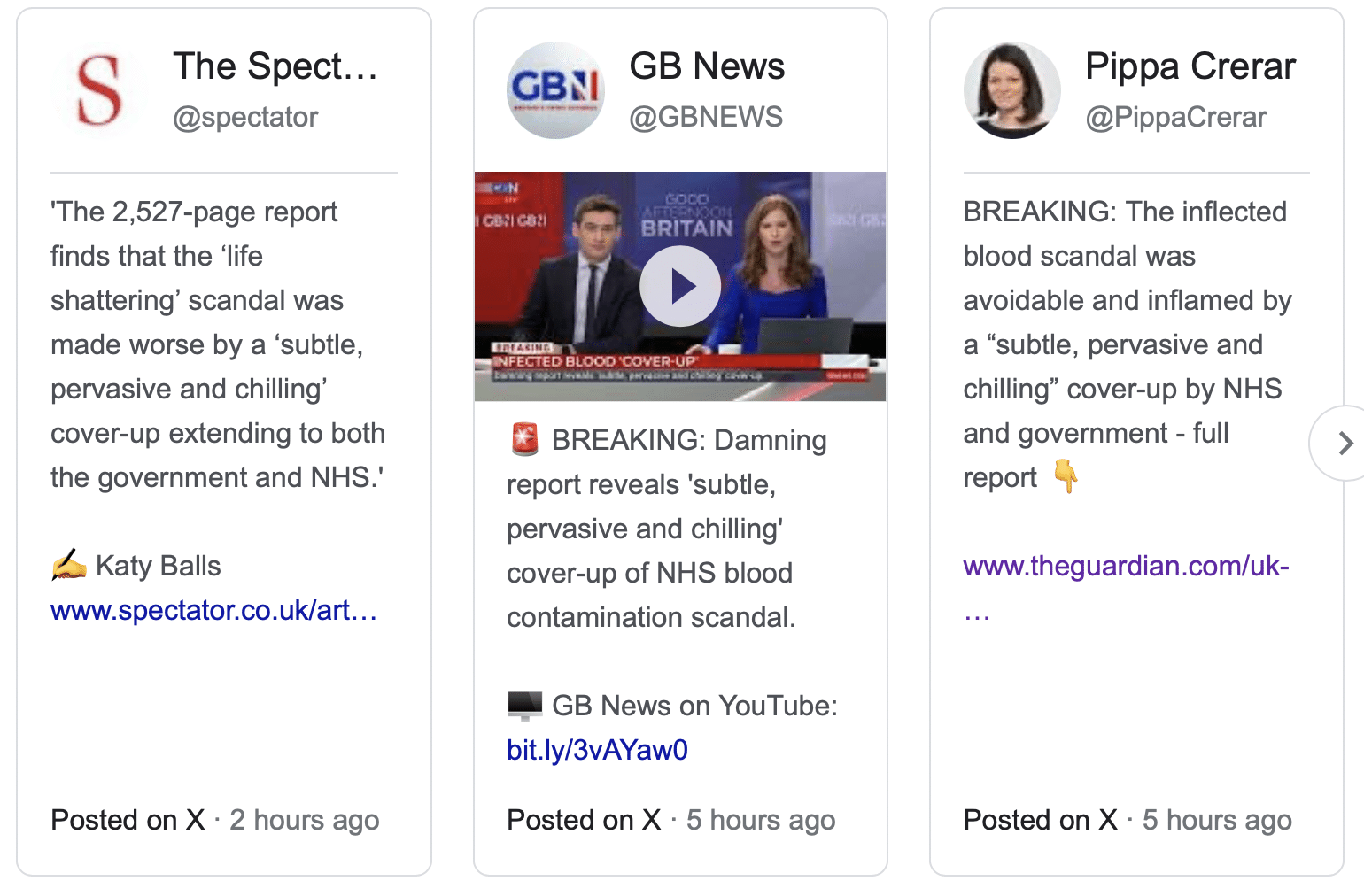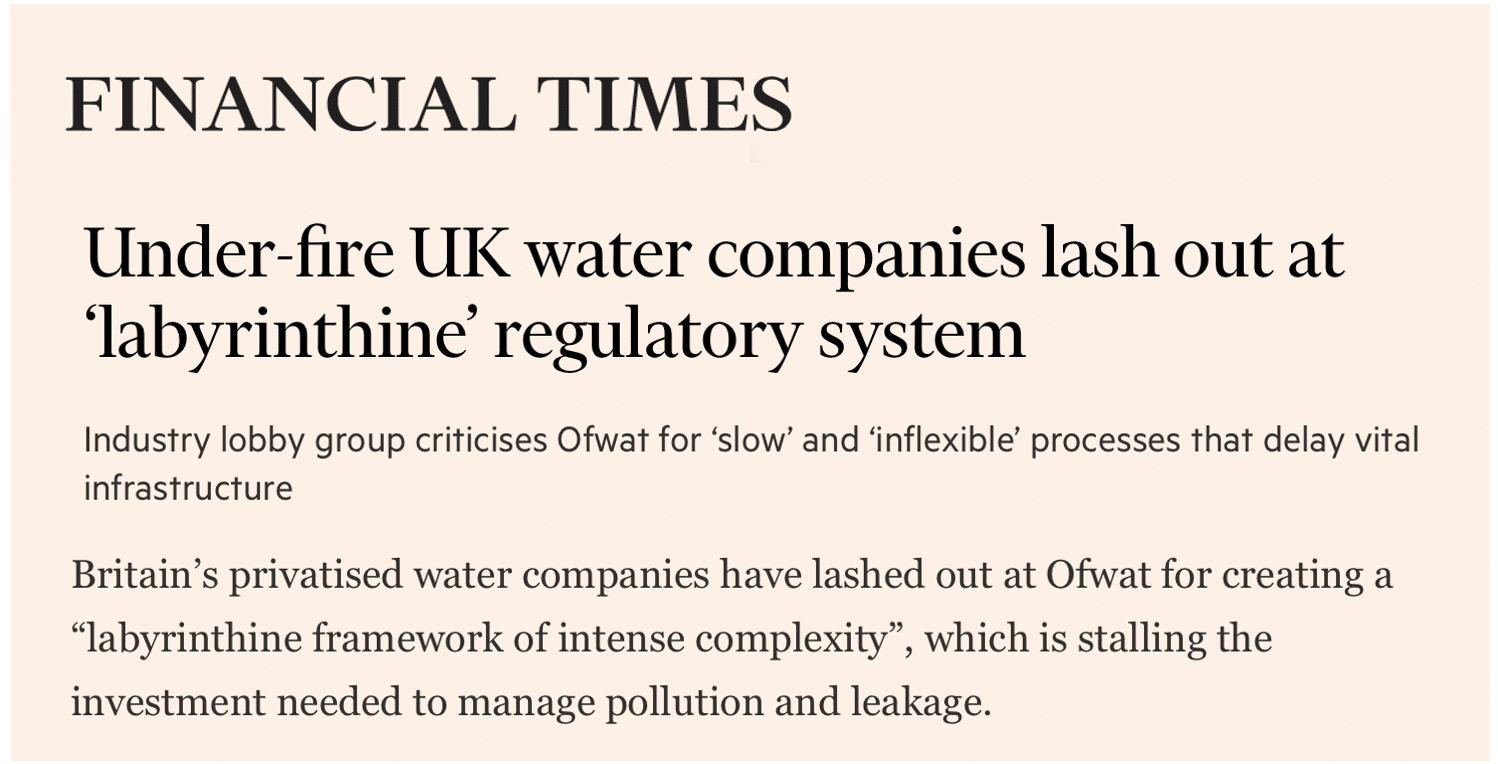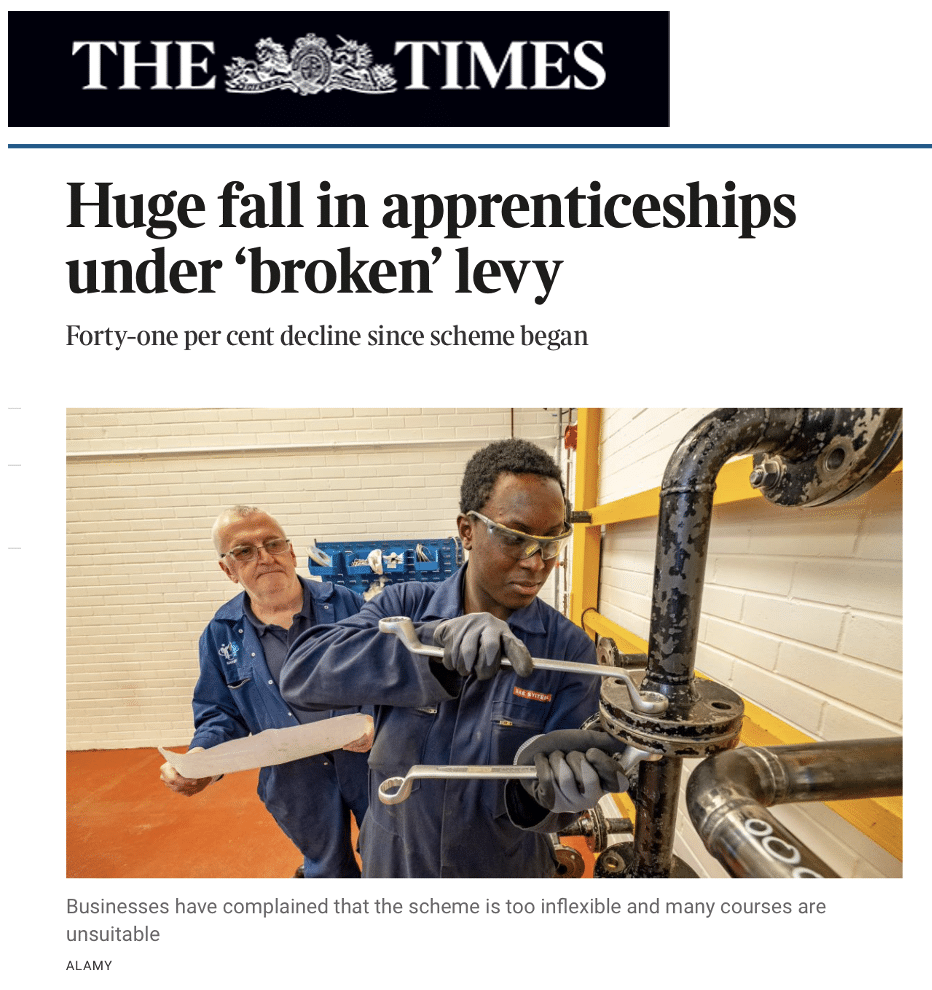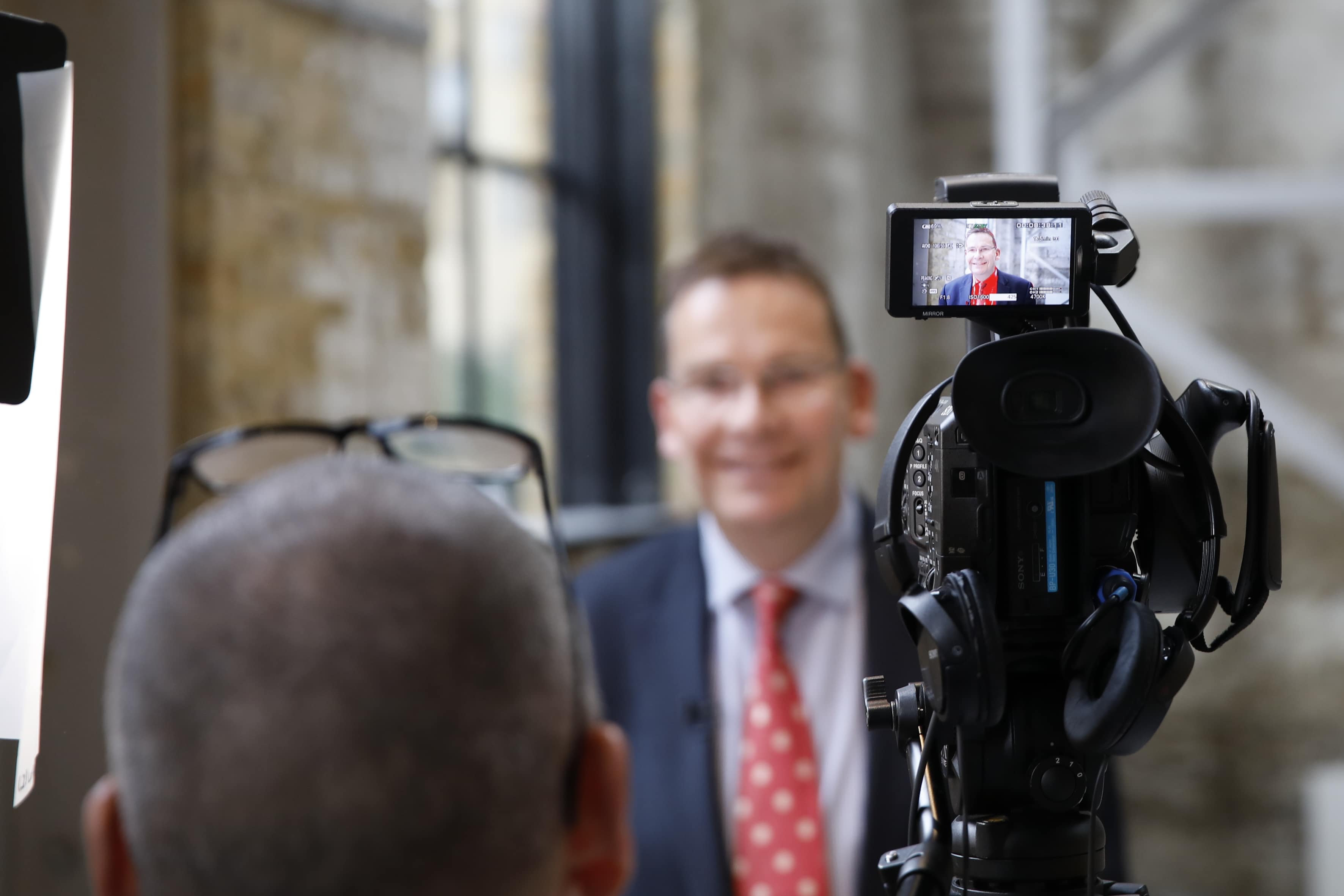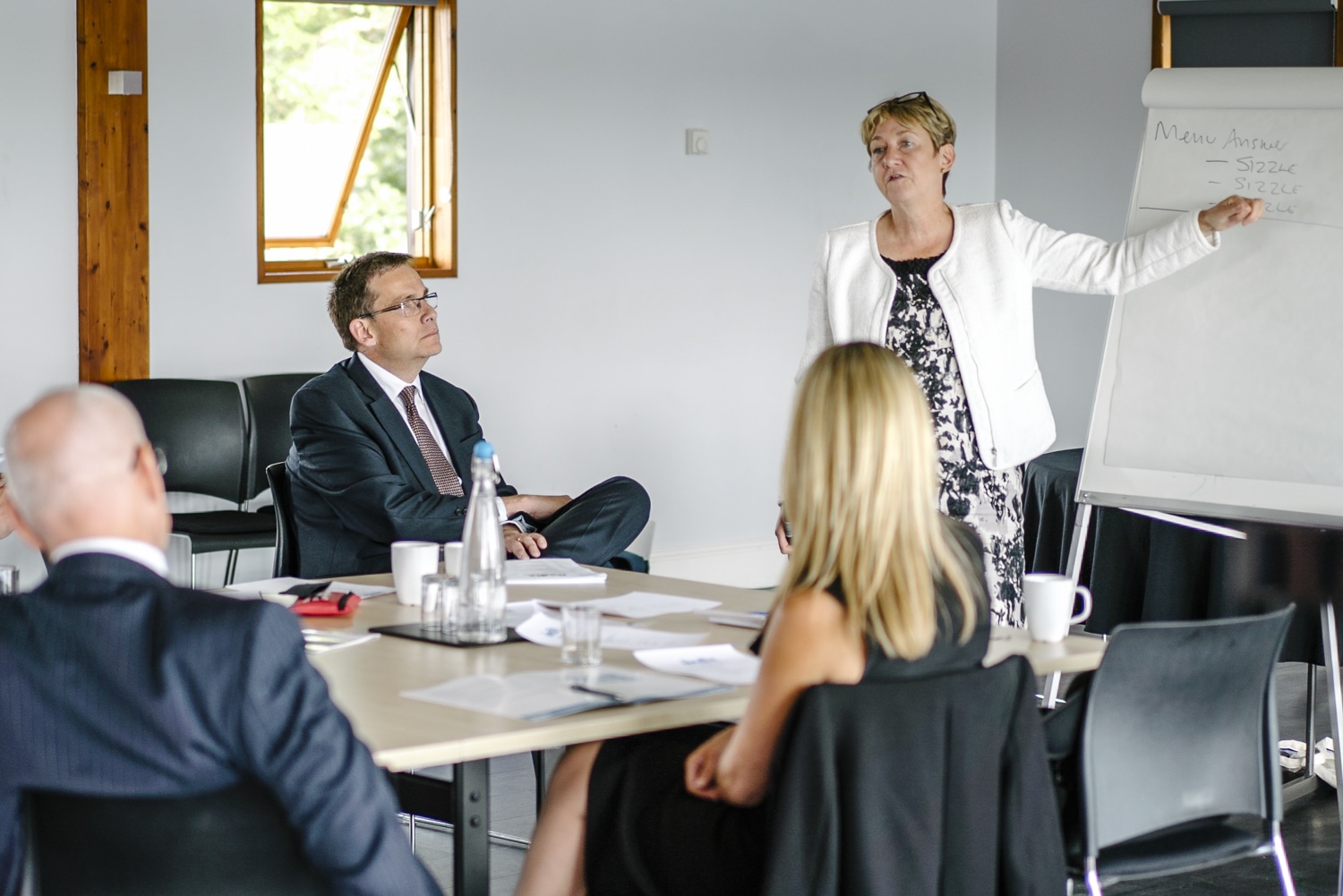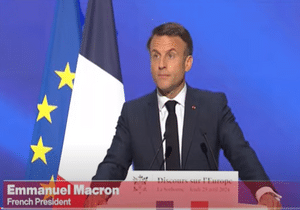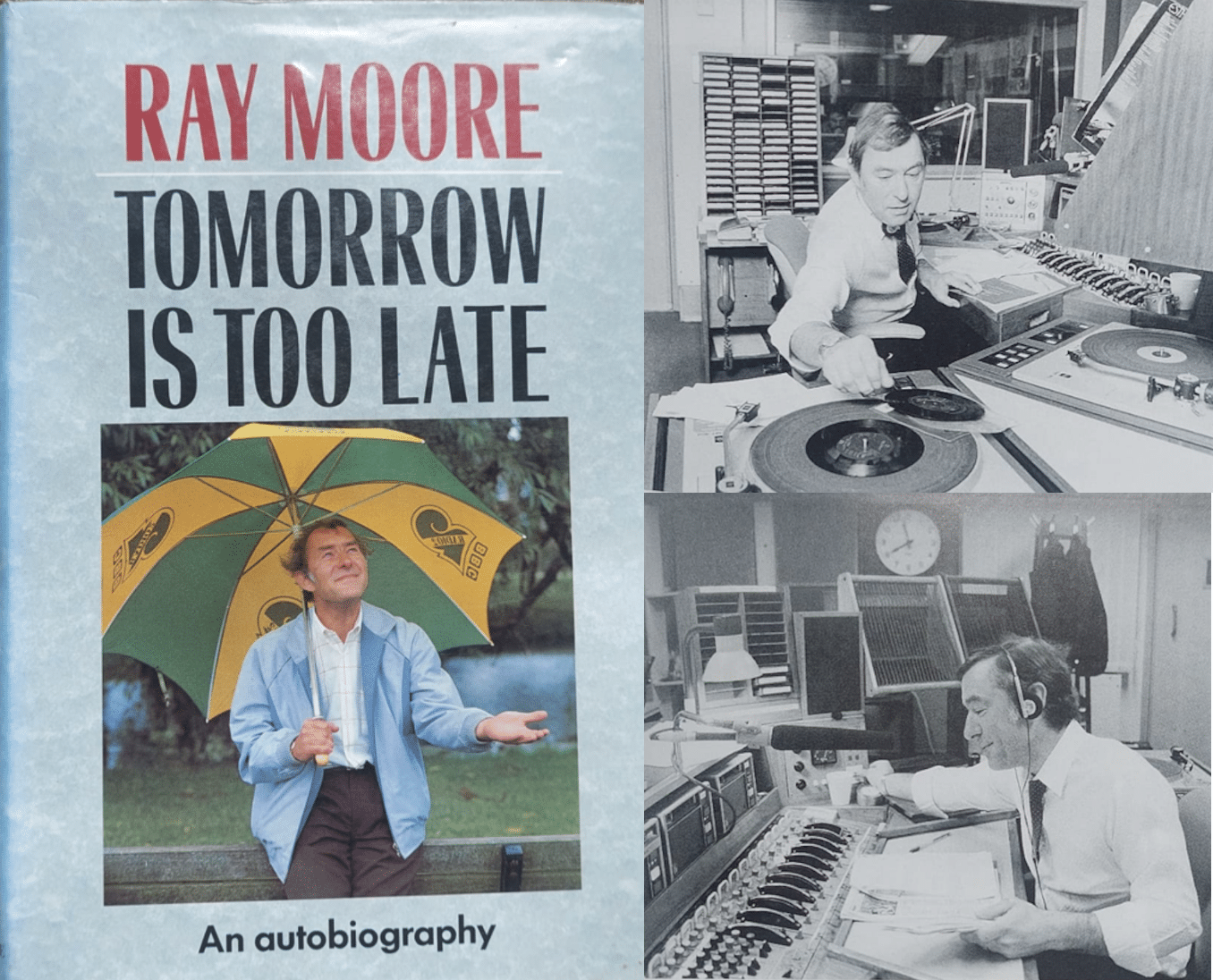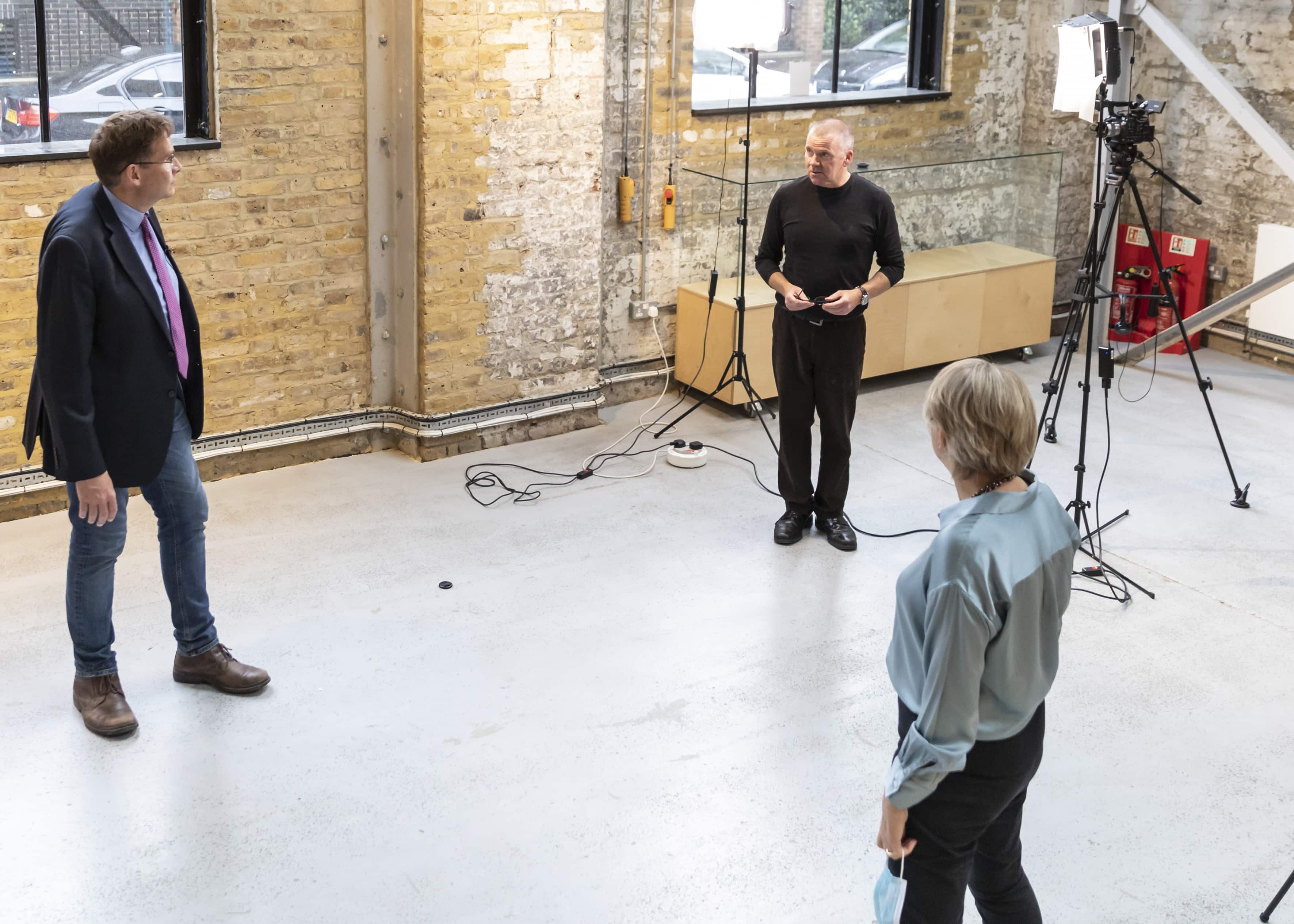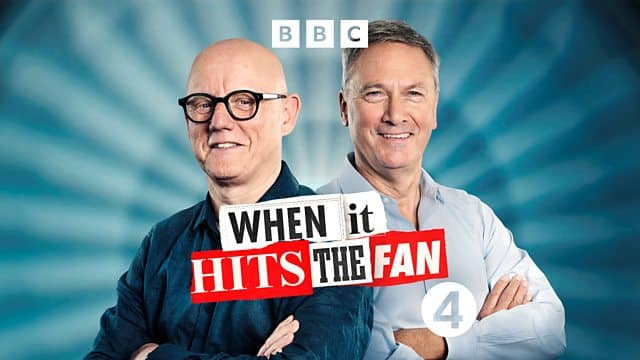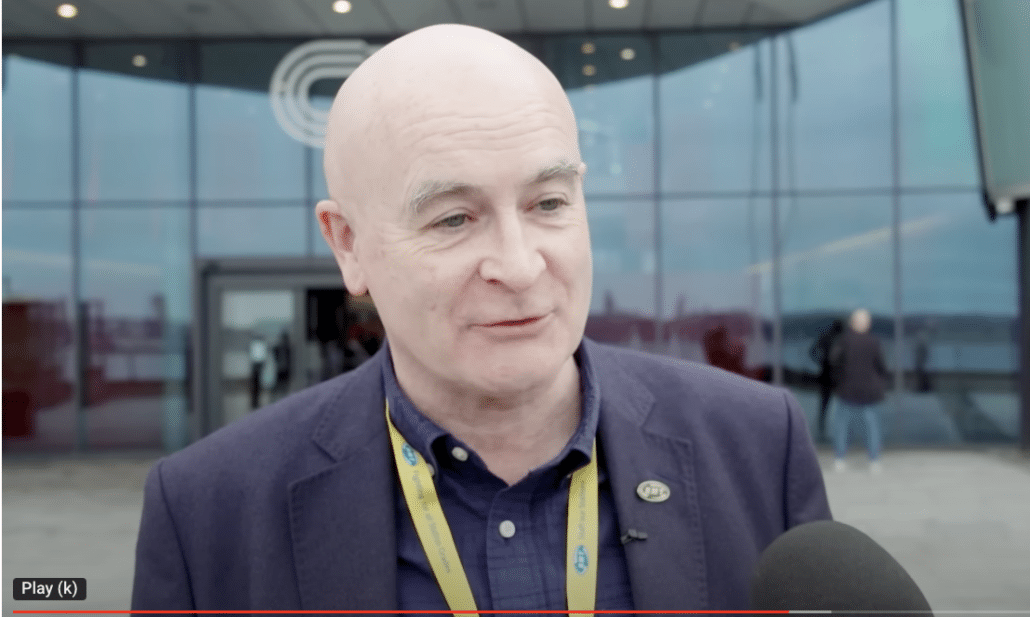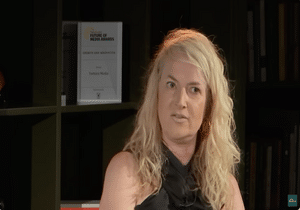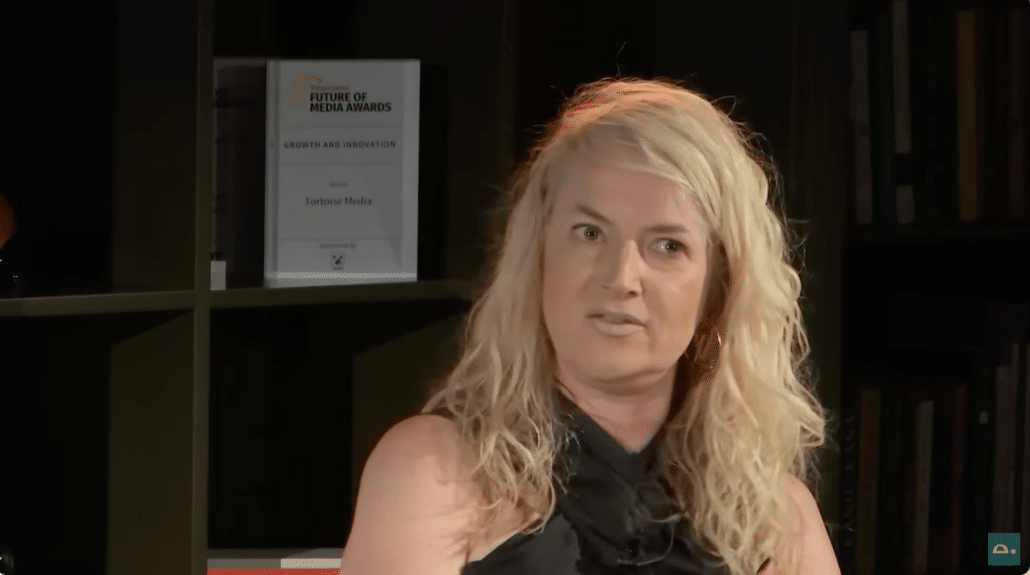Introducing the ‘Act Out’:
For times when narration is simply not enough
I’ve made reference to stand-up comedy previously on this blog – because many of the skills required to be a decent comedian map perfectly onto those required for someone to be a good presenter.
Clearly, factors useful in both disciplines – such as charisma, rapport, impact, timing, structure and eye contact – all make a difference as to how you are perceived. And despite what you may have been told, these things don’t have to be innate; they can be learnt too (this sort of training is meat & drink to us; we do it every day).
But there’s one skill which is less frequently talked about – and that’s what is known as the ‘Act Out’ – the shift from simply narrating the topic in question, to actually performing it.
Let’s be clear from the start: you don’t have to be a trained actor to do this. Or an amateur one, for that matter. You needn’t even have risen to the dizzy heights of playing the third villager in the school play when you were aged seven. All it takes is the ability to recognise that anything you are talking about might be enhanced by performing it, instead.
This skill is brilliantly demonstrated by the comedian Jen Brister in a ‘Live from the Apollo’ performance several years ago. It’s worth watching before reading what follows, so that you can put the analysis below into context.
You’ll notice that she has turned what could have been a simple comment on the difference between how daughters and sons are treated by their mothers (lasting a matter of seconds) into over a minute of impactive comedy.
Admittedly, this segment starts with narration. Her premise is stated in bald, simple, straightforward terms – even with a caveat that not everyone will have experienced what she is suggesting, so it might not apply universally. But then it morphs into a powerful demonstration of what she is trying to say.
You’ll have to watch it, to understand what I mean. Indeed, that’s the point. Nothing I write here will quite encapsulate what watching the ‘Act Out’ in progress involves. Having to explain it rather than getting you to witness it is the very definition of “you had to be there”…
And that’s precisely why the ‘Act Out’ is so powerful. It transforms what otherwise would be a reference to the past (i.e. something that had happened) into the present tense (i.e. something being re-enacted now).
It also makes excellent use of an example – which we’ve referred to on the blog before. The beauty of stories, anecdotes and examples is that they immediately provide the listener with a very real illustration of what is meant (more impactful and memorable than just saying it). But more importantly, this is done without the danger that anyone watching will believe that this is the only instance of what is being described taking place. It will immediately prompt memories of occasions where something similar (but different) might have happened. It’s counter-intuitive, but offering the audience something specific demonstrates the general point more powerfully than saying it more generally ever could.
Finally, it follows the advice (often given to authors) of ‘show, don’t tell’. As far as the audience is concerned, just being told something can be dull, dry and forgettable. Experiencing it in the moment is something which is likely to stay with them.
In Jen Brister’s set, the punchline – when it comes – is all the more effective because the acting out adapts accordingly: straight-faced as opposed to smiling, standing up rather than crouching down, and less than 2 seconds in duration compared with 28 for her previous example (allowing for the extended ‘kissing’ routine). Then there’s the dramatic FOUR SECOND pause between the two. Also notice how she switches the direction in which she is facing to enhance the contrast: to the right for the son, to the left for the daughter.
Of course, the ‘Act Out’ isn’t an element you should always include. Some things lend themselves to the technique more than others, so you will need to be selective. But there are often times when you can add extra dimension and impact by moving away from just talking about it to actually doing it.
So, you don’t have to be a comedian. What you say doesn’t even need to be funny. But including an ‘Act Out’ in your next presentation is highly likely to make it more engaging, impactful and memorable. And isn’t that precisely what you’re looking for?
For advice about ‘acting out’ – and a host of other presentation and media training techniques – contact The Media Coach here.




